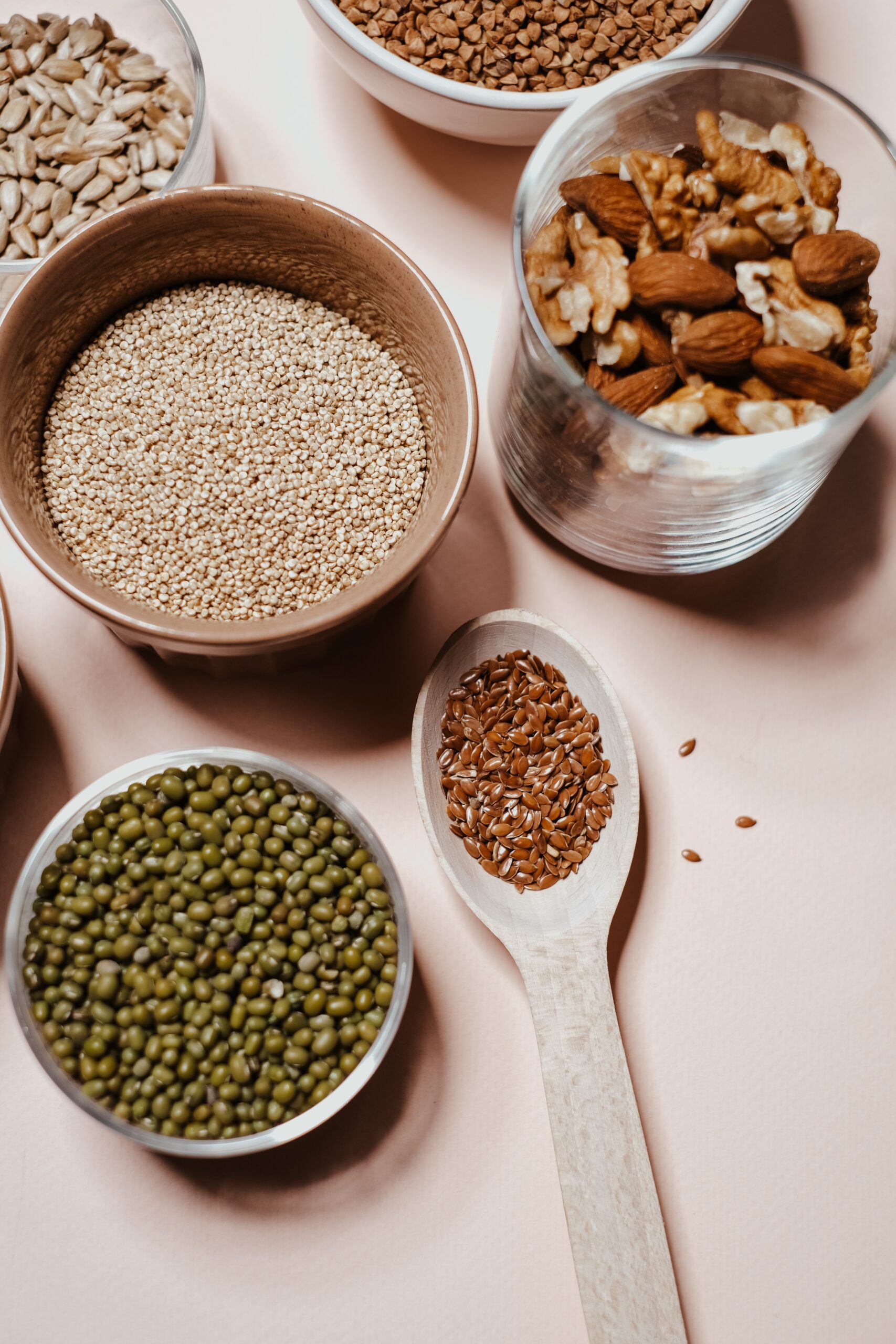
Quinoa is an ancient grain renowned for its exceptional health benefits and has long been a staple in many households. Packed with essential amino acids, low in carbs, and boasting a nutty flavor and chewy texture, quinoa has won the hearts of health-conscious food enthusiasts worldwide. However, what if you find yourself in need of a quinoa substitute due to dietary restrictions, personal preferences, or simply running out of stock? Fear not! In this blog post, we’ll explore some fantastic alternatives to quinoa that can effortlessly enhance your dishes while offering similar nutritional benefits.
What is Quinoa
Quinoa, pronounced as “keen-wah,” is a highly nutritious pseudo-cereal that has gained tremendous popularity in recent years. Despite its grain-like appearance, quinoa is technically a seed. Native to the Andean region of South America, quinoa has been cultivated for thousands of years by the Incas and is often referred to as an “ancient grain.”
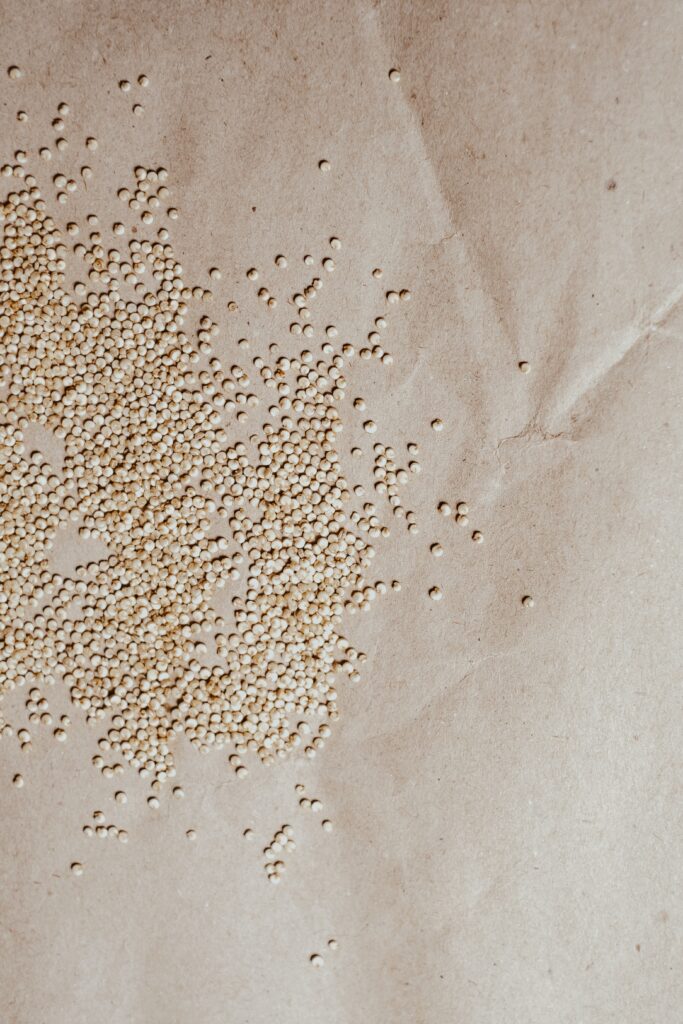
Are there different types of quinoa?
Yes, there are several different types of quinoa available, each with its own unique characteristics. The most common types of quinoa are white, red, and black quinoa. Here’s a brief overview of each type:
- White Quinoa: White quinoa is the most widely available and commonly used variety. It has a mild flavor and a fluffy texture when cooked. White quinoa is versatile and works well in a variety of recipes.
- Red Quinoa: Red quinoa has a slightly nuttier and earthier flavor compared to white quinoa. It also retains its shape better after cooking, making it a great choice for salads or dishes where a distinct texture is desired.
- Black Quinoa: Black quinoa has a sweeter and earthier flavor profile with a slightly crunchy texture. It is visually striking and adds a unique touch to recipes. Black quinoa is often used in salads, side dishes, or as a garnish.The Best Quinoa Substitutes
Each type of quinoa can be cooked using the same method, and they all provide similar nutritional benefits. The choice of which type to use mainly depends on personal preference and the desired flavor, texture, and visual appeal for a specific recipe.
Interesting Characteristics Of Quinoa
Quinoa stands out due to its impressive nutritional profile. It is a complete protein source, containing all nine essential amino acids, making it an excellent option for vegetarians and vegans. Additionally, quinoa is naturally gluten-free and low in carbohydrates, making it suitable for those with dietary restrictions. Its nutty flavor and chewy texture lend themselves well to a variety of dishes, from salads and pilafs to soups and breakfast bowls. Quinoa’s versatility, health benefits, and delicious taste have made it a staple ingredient in many kitchens around the world.
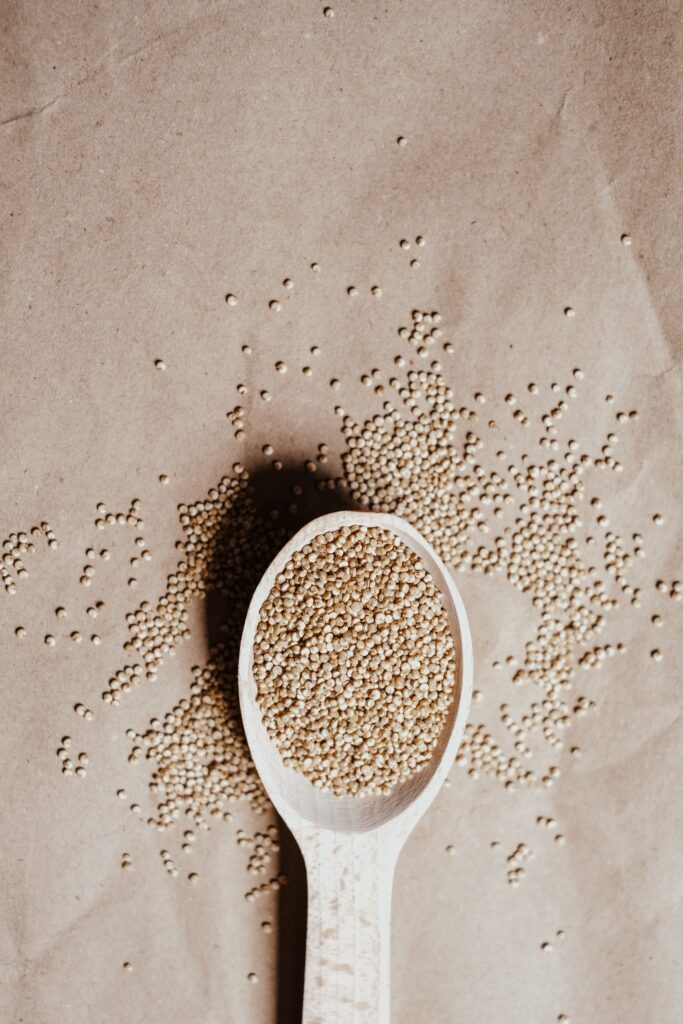
What Are The Benefits Of Quinoa On Your Health
Quinoa offers a range of health benefits that make it a valuable addition to a balanced diet. Here are some of the key benefits of quinoa:
- Nutrient-rich: Quinoa is packed with essential nutrients. It is a good source of protein, containing all nine essential amino acids, making it a complete protein source. It also provides dietary fibre, B vitamins, folate, magnesium, phosphorus, and iron.
- Gluten-free: Quinoa is naturally gluten-free, making it suitable for individuals with gluten sensitivity or celiac disease. It serves as an excellent alternative to wheat-based grains.
- High in antioxidants: Quinoa contains various antioxidants, including flavonoids and quercetin. These compounds help protect the body against oxidative stress, reducing the risk of chronic diseases and inflammation.
- Low glycemic index: Quinoa has a low glycemic index, meaning it doesn’t cause a sharp rise in blood sugar levels after consumption. This makes it a favourable choice for individuals managing diabetes or those aiming to stabilize blood sugar levels.
- Promotes heart health: Quinoa is rich in heart-healthy nutrients. It contains fibre, which aids in reducing cholesterol levels. The presence of magnesium and potassium helps maintain healthy blood pressure levels.
- Supports digestion: Quinoa is a good source of dietary fibre, which promotes healthy digestion and prevents constipation. Its fibre content can also contribute to feelings of satiety, aiding in weight management.
- Versatile and delicious: Quinoa’s nutty flavor and versatile nature make it a delightful addition to a variety of dishes. It can be used as a base for salads, added to soups or stir-fries, used in baking, or enjoyed as a side dish.
It’s important to note that while quinoa offers numerous health benefits, individual nutritional needs may vary. Incorporating quinoa into a well-rounded diet alongside other whole foods can contribute to overall health and well-being.
How Do You Cook Quinoa
Cooking quinoa is a straightforward process that yields fluffy and flavorful results.
- To start, rinse the quinoa under cold water to remove any bitter coating called saponin.
- Then, in a saucepan, combine one part quinoa with two parts water or broth. Bring the mixture to a boil over medium heat.
- Once boiling, reduce the heat to low, cover the saucepan with a lid, and let it simmer for about 15 minutes or until the quinoa absorbs all the liquid and becomes tender.
- Remove the saucepan from the heat and let it sit, covered, for an additional 5 minutes to allow the quinoa to fluff up.
- Finally, fluff the quinoa with a fork to separate the grains and enhance its light and airy texture.
Cooked quinoa can be enjoyed as a side dish, added to salads, used as a base for grain bowls, or incorporated into various recipes to elevate their nutritional value and add a delightful nutty flavor.
Can You Freeze Quinoa
Yes, you can freeze quinoa to extend its shelf life and have it readily available for future use. Freezing cooked quinoa is a convenient option, especially if you have a surplus or want to prepare it in advance.
Freezing quinoa is also practical way to minimize food waste and have a versatile ingredient on hand for quick and easy meals.
How to Freeze Quinoa
To freeze quinoa, allow it to cool completely after cooking. Then, portion it into desired serving sizes and place it in airtight freezer-safe containers or sealable freezer bags. Make sure to label and date the containers for easy identification. Frozen quinoa can be stored in the freezer for up to three months.
How to Thaw Quinoa
When you’re ready to use it, simply thaw it in the refrigerator overnight or heat it directly from frozen by adding it to hot dishes or microwaving it with a little bit of water.
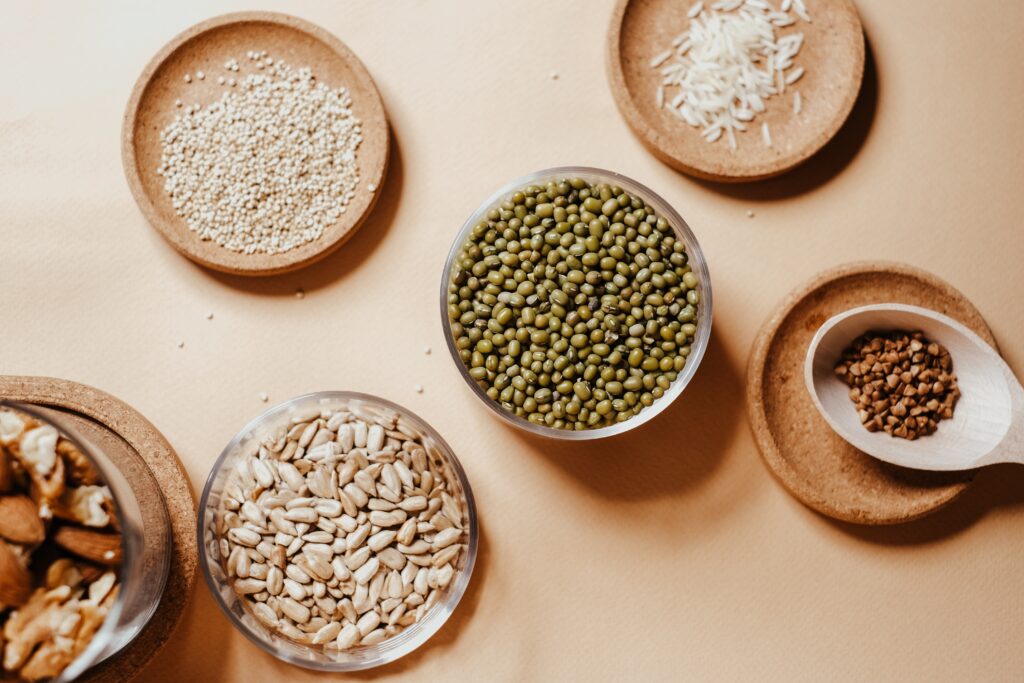
The Best Quinoa Substitutes
While quinoa is undeniably a nutritional powerhouse with its essential amino acids, low carb content, and fibre-rich composition, there are several fantastic substitutes available that can elevate your dishes in different ways. Here’s a list of the top five substitutes for quinoa.
Move over quinoa there are new grains in town…
Brown Rice: A Wholesome Classic
When it comes to finding a quinoa substitute, brown rice is a tried-and-true option. Just like quinoa, brown rice is a gluten-free grain that contains essential amino acids, making it a complete protein source. It also shares a similar cooking time, allowing for easy substitution in your favorite quinoa recipes. While brown rice may lack the same chewy texture as quinoa, its mild and slightly nutty flavor can still complement a variety of dishes.
Wild Rice: A Delicate and Flavorful Alternative
Wild rice, often mistaken as a type of rice, is actually a grass seed. This grain offers a unique taste, texture, and an impressive nutritional profile. With its higher protein content and lower carb content compared to quinoa, wild rice is an excellent low-carb alternative. It provides a slightly chewy texture and a nutty flavor that pairs well with savory or sweet dishes. Incorporating wild rice into your cooking repertoire can introduce new and exciting flavors to your meals.
Barley: A Hearty and Versatile Grain
Barley, a grain commonly used in soups and stews, can also act as a worthy substitute for quinoa. It possesses a mild, slightly nutty taste and a chewy texture that can enhance a range of dishes. While not gluten-free like quinoa, barley offers notable health benefits such as a high fiber content and various essential minerals. Its longer cooking time compared to quinoa makes it an ideal choice for hearty and comforting meals.
Couscous: A Quick and Easy Option
Couscous, a staple in Mediterranean cuisine, is a great substitute for quinoa when you’re short on time. Made from semolina wheat, couscous has a delicate texture and a mild, nutty flavor. While it may not offer the same protein content as quinoa, it cooks up in just a few minutes and pairs well with both savory and sweet ingredients. Opt for whole wheat couscous for added nutritional value.
Millet: A Gluten-Free Powerhouse
Millet, a gluten-free ancient grain, is an excellent quinoa substitute for those with dietary restrictions. With a mild, slightly sweet flavor and a fluffy texture, millet can be used in a variety of recipes. It contains a good amount of essential amino acids and boasts a high protein content. Millet’s versatility shines when used as a base for pilafs, salads, or porridges.
Dishes That Pair Perfectly with Quinoa (and its Substitutes)
- Chicken Meatballs with a Lemon Yogurt Sauce
- Honey & Lemon Chicken
- Lentil Burgers
- Grilled Spicy Turkey Breasts
Recipes That Quinoa and its Substitutes Can Be Added To
Here are some easy recipes where quinoa (or any of the above substitutes) can be added to for extra health benefits.
- Easy Black Bean, Cucumber Feta Salad
- Acorn Squash Salad with Shredded Turkey and Roasted Pears
- Orange, Kale and Halloumi Salad
- Black Bean and Roasted Sweet Potoato Burrito Bowls
Favourite Quinoa Recipes
- Favourite Quinoa Salad from Cookie + Kate
- Mediterranean Quinoa Salad from Fit Foodie Finds
- One Pan Mexican Quinoa from Fool Proof Living
- Thai Quinoa Salad from Once Upon a Chef
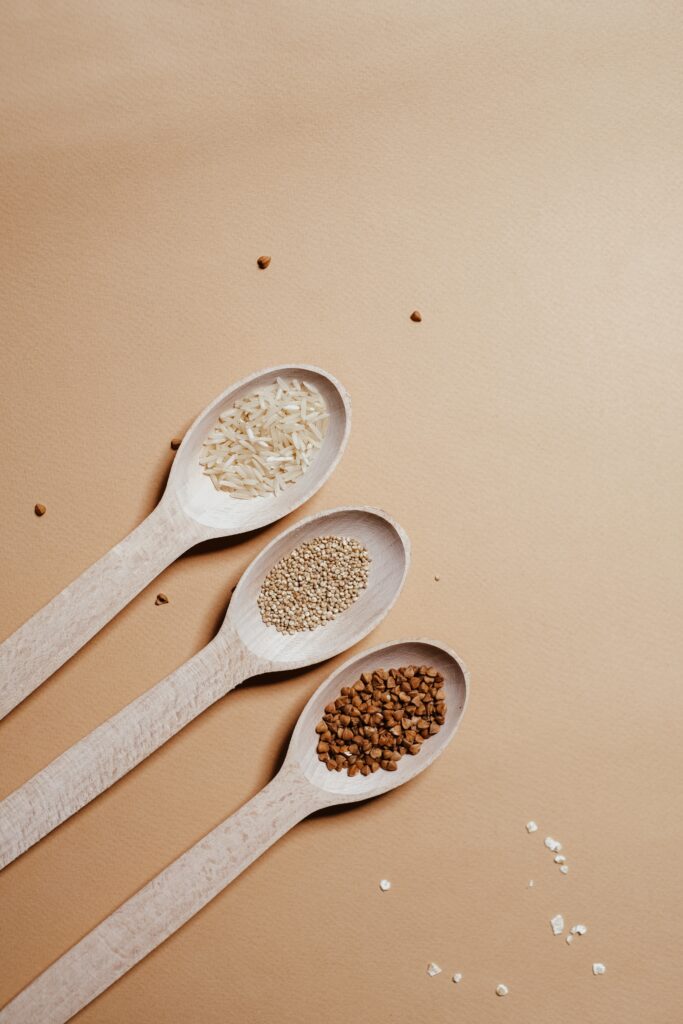
Frequently Asked Questions
What’s the closest substitute for quinoa?
The closest substitute for quinoa would be another grain with similar characteristics, such as brown rice or wild rice. Both brown and wild rice offer a comparable nutty flavor, chewy texture, and can be used in a variety of recipes as a replacement for quinoa. While they may not provide the exact same nutritional profile, they can still offer health benefits and enhance the overall taste and texture of your dishes.
What’s the best keto substitute for quinoa?
The best keto substitute for quinoa would be cauliflower rice. Cauliflower rice is made by finely chopping or grating cauliflower into rice-like grains. It is low in carbohydrates, high in fibre, and a suitable option for those following a keto diet. Cauliflower rice can be cooked and seasoned to mimic the texture and taste of quinoa while keeping the carb content significantly lower.
What’s the best gluten-free quinoa substitute?
The best gluten-free substitute for quinoa would be gluten-free grains or seeds, such as amaranth or buckwheat. Amaranth shares similar nutritional benefits with quinoa, offering a good source of protein and essential amino acids. Buckwheat, despite its name, is not related to wheat and is gluten-free. It has a rich, nutty flavor and can be used in a variety of dishes as a quinoa alternative, providing a good source of fibre and nutrients.
What is quinoa flour?
Quinoa flour is a flour made from ground quinoa seeds. It is a gluten-free alternative to wheat flour, making it suitable for individuals with gluten intolerance or those following a gluten-free diet. Quinoa flour has a slightly nutty flavor and a fine texture. It can be used in baking to make bread, cookies, pancakes, or other gluten-free baked goods, providing a nutritious and protein-rich option. Quinoa flour is known for its high protein content, dietary fibre, and various essential nutrients, making it a valuable ingredient in gluten-free recipes.
Conclusion
From brown rice and wild rice to barley, couscous, and millet, each alternative offers unique flavors, textures, and health benefits. Experimenting with these substitutes not only adds diversity to your meals but also allows you to explore new culinary horizons. So the next time you find yourself needing a quinoa replacement, don’t hesitate to try one of these incredible grains.

Christopher is a food and lifestyle expert, recipe developer and the content creator behind May Eighty Five. With years of experience in the kitchen, he also shares tips, tricks and how to’s that he has learnt over the years. Every week, he shares quick, simple and mostly healthy recipes along with some home and entertaining tips. You will find flavorful cocktails, delicious appetizers, tasty mains and some indulgent desserts. As a home decor enthusiast, he also likes to share simple DIY projects and simple tips for a beautiful home.



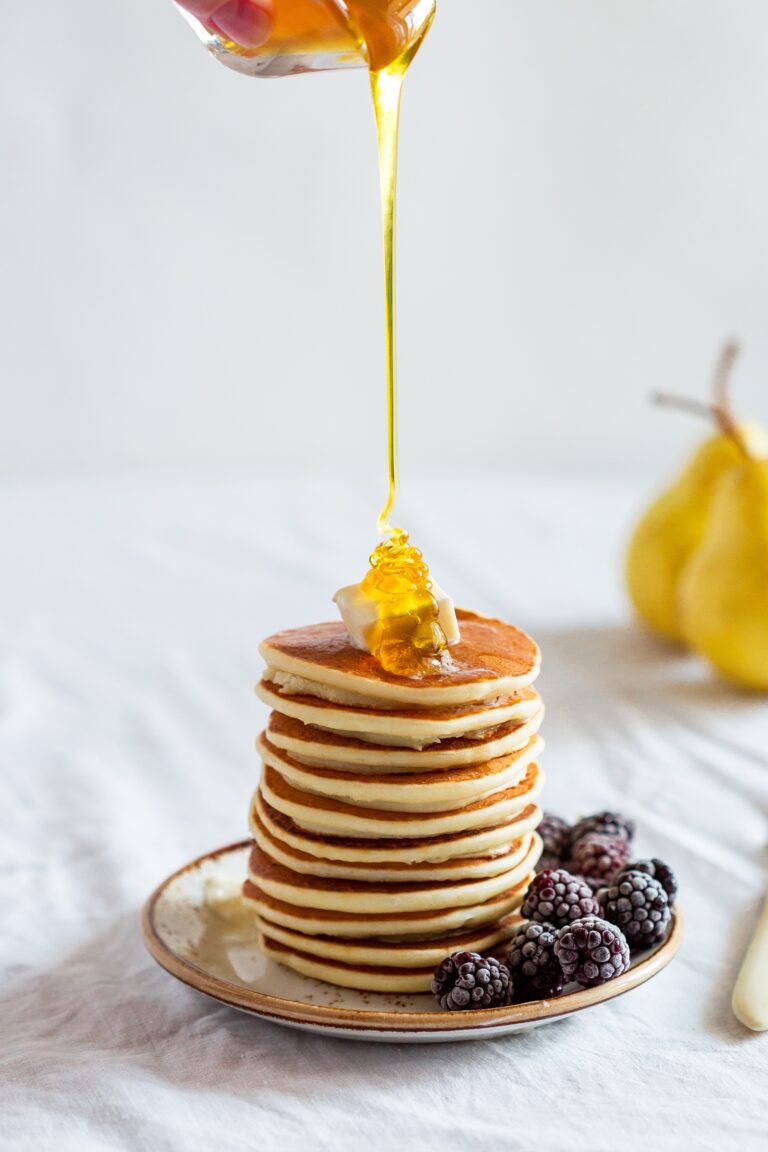
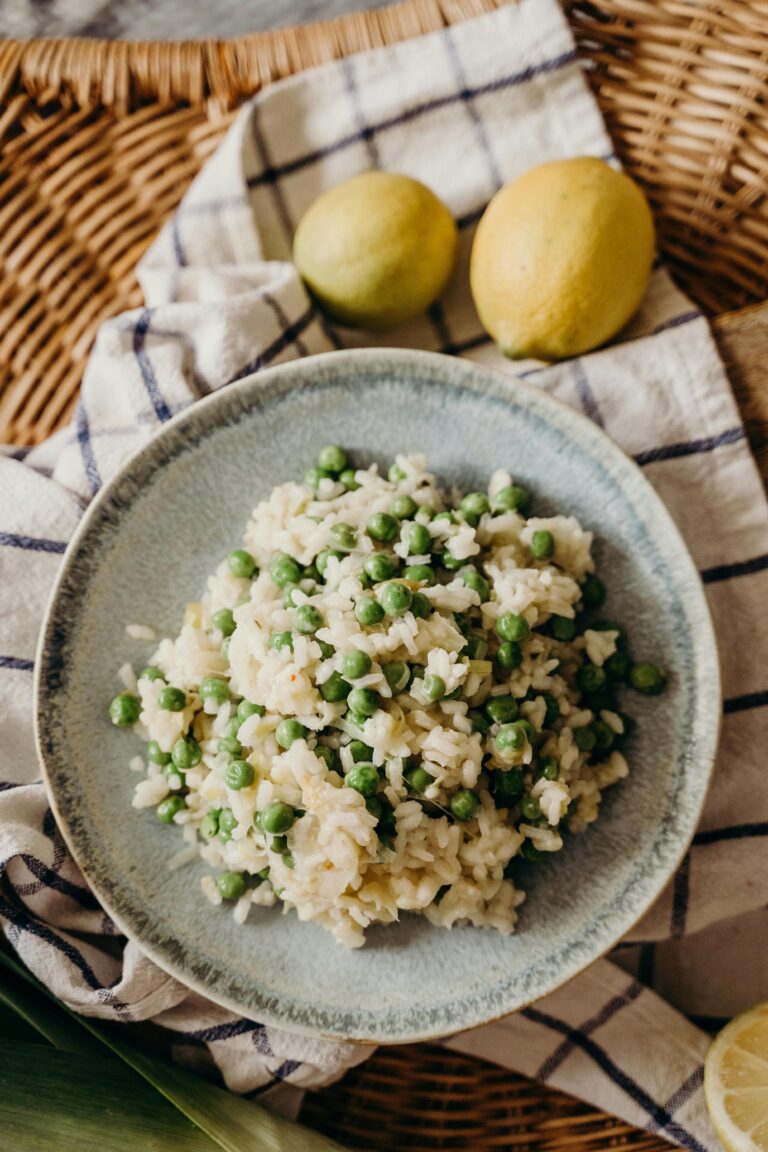


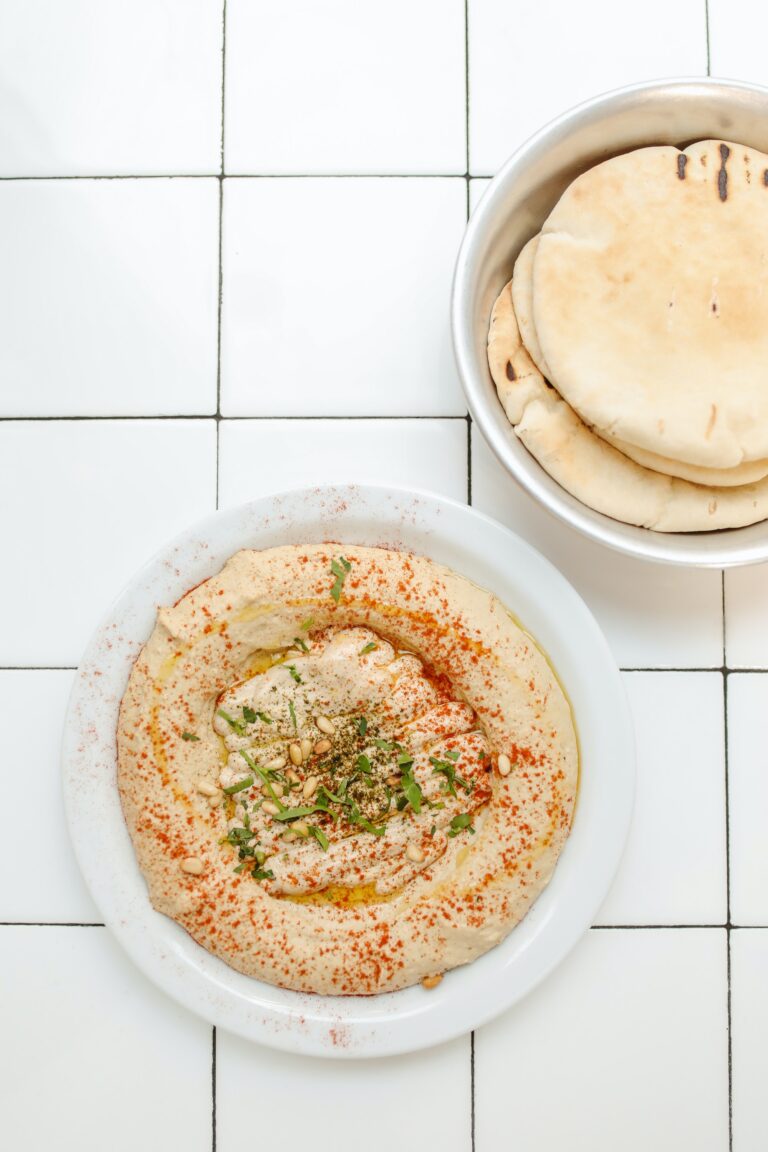
10 Comments